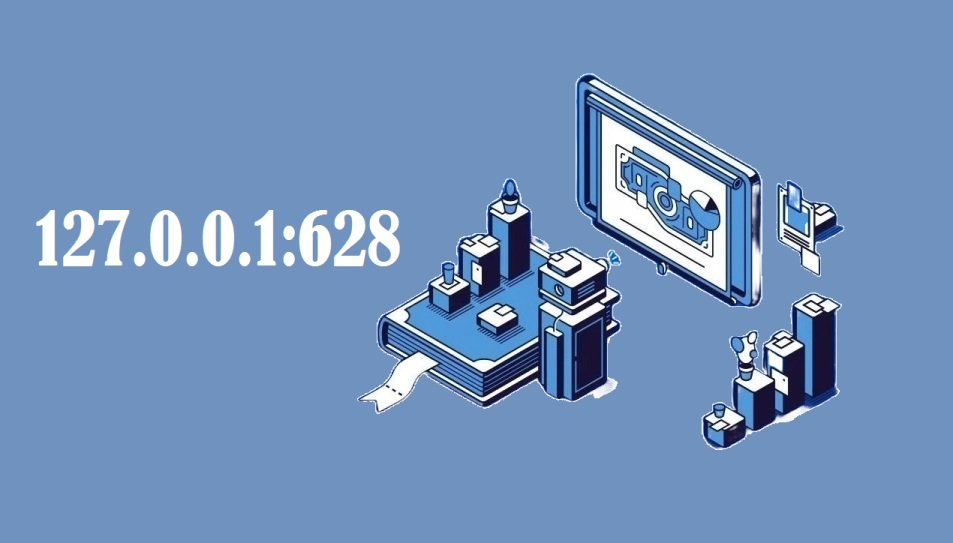Alex was a seasoned programmer, his world a labyrinth of ones and zeros. He lived in a realm where logic reigned supreme, where problems were puzzles to be solved, and code was his language of expression. One day, while debugging a particularly stubborn error, a strange address caught his eye: 127.0.0.1:62893. It was like a cryptic message from another dimension, a digital enigma that challenged his expertise.
Intrigued, Alex embarked on a quest to decipher the meaning behind this peculiar combination. He started with the basics. 127.0.0.1, he knew, was the loopback address, a special IP address that pointed to the computer itself. It was like a mirror reflecting data back to the sender. But what about the 62893? That was a port number, a virtual doorway through which data could enter or leave a computer.
As Alex delved deeper, he discovered that port numbers were like busy streets, each with its own traffic. Some ports were well-known, like port 80 for web servers or port 25 for email. But most were like unnamed back alleys, used for a variety of purposes. The port 62893 was one such alley, a blank slate that could be used by any application.
Alex realized that the combination of 127.0.0.1:62893 indicated a communication happening within his own computer. Something was trying to reach out to itself, perhaps for testing or debugging purposes. But what was that something?
He started examining the logs, searching for clues. There were hints of a process, a fleeting shadow in the digital world. It seemed to be associated with a newly installed software, a data analysis tool. Alex had been experimenting with it, trying to extract insights from a massive dataset.
Could it be that the software was using this peculiar address to communicate with itself, breaking down the data into manageable chunks? Or perhaps it was a debugging feature, a safety net to prevent crashes. The possibilities were endless, each more intriguing than the last.
Days turned into nights as Alex immersed himself in the code, line by line. He followed the digital breadcrumbs, tracing the path of the mysterious communication. Finally, after countless hours of scrutiny, he found it. A hidden configuration file, buried deep within the software’s architecture, revealed the truth.
The port 62893 was indeed being used for internal communication. The software was dividing the dataset into smaller pieces, processing them independently, and then combining the results. It was a clever optimization technique, designed to improve performance. And the loopback address ensured that the data stayed within the confines of the computer, protected from prying eyes.
Alex had solved the puzzle. The seemingly random combination of numbers had led him on a thrilling intellectual journey, revealing a hidden aspect of the software’s inner workings. It was a testament to his skills as a programmer, but more importantly, it was a reminder of the endless fascination of the digital world. For in every line of code, every byte of data, there was a story waiting to be discovered.
And so, Alex continued his work, his mind sharpened by the encounter with the unknown. The world of programming was no longer just about ones and zeros; it was a universe of endless possibilities, where even the most cryptic combinations could hold the key to extraordinary discoveries.







